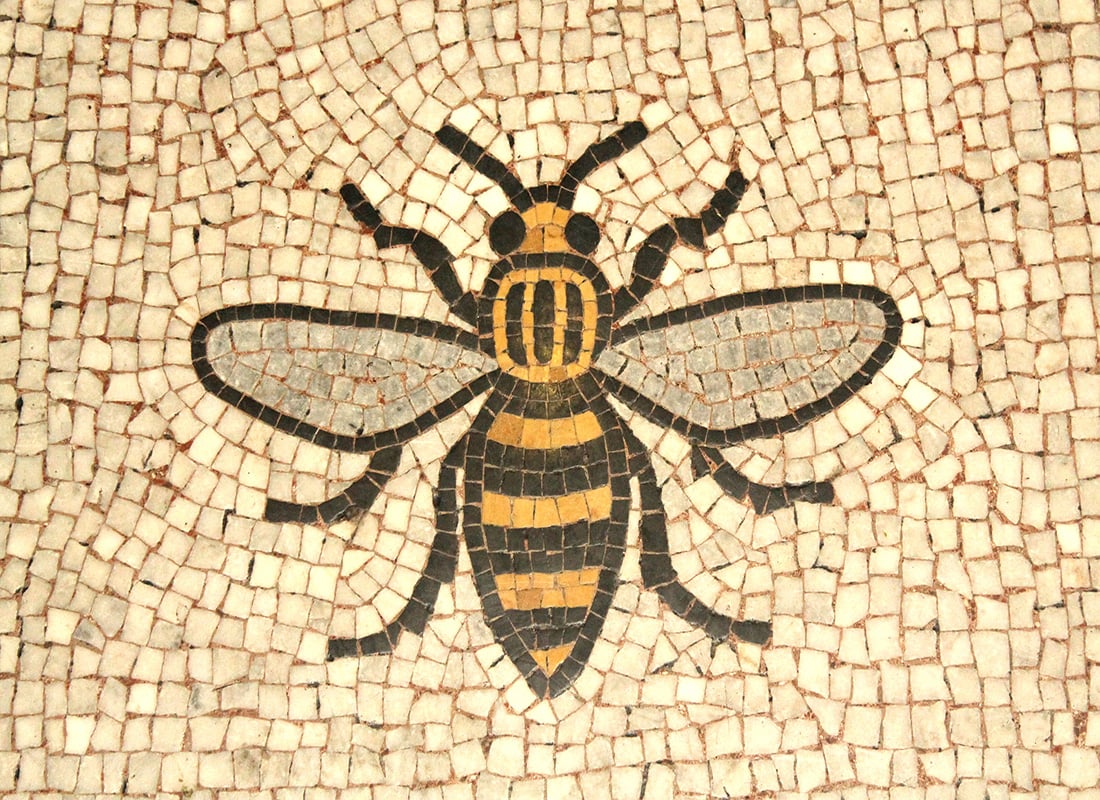The technical name for these suffixes is a top level domain (TLD). There are currently only 21 TLDs operating worldwide however these proposals will open up the doors to an infinite amount of TLDs being registered.
Once you have your own TLD, you are then in the lucrative position to be able to sell an infinite number of websites and email addresses within it. For example, www.tesco.com could soon become www.food.tesco and www.finance.tesco.
The body in charge of internet names, ICANN, have stated that this liberalisation of TLDs will even be available in different scripts, Chinese and Russian are expected to be extremely popular.
What do you need to get your own TLD?
- A demonstrable business interest in the name that you choose
- Technical capacity - to maintain a TLD you will require significant equipment such as servers, routers and databases.
- Money - ICANN estimate the price for a TLD will exceed $100,000 depending on the name you choose.
Is your trademark protected?
- Trademark will not automatically be reserved but regard will be had to any potential infringements before a TLD is granted.
- If two trademark owners of the same name are in dispute over a TLD e.g. a potential dispute between Ralph Lauren and Volkswagen over the name 'polo', an auction will be held and the TLD awarded to the highest bidder. The auction process will almost certainly be subject to intellectual property law.
What other issues could arise?
- Cybersquatting - This is where an independent agent buys hundreds of web addresses within the TLD and tries to sell them onto companies who want to use them.
- Rival businesses creating similar TLDs as their competitors to create confusion in that particular business sector.
How do you apply?
ICANN will begin to take applications from April 2009. More information on the application process will be released as the proposals are finalised.

















